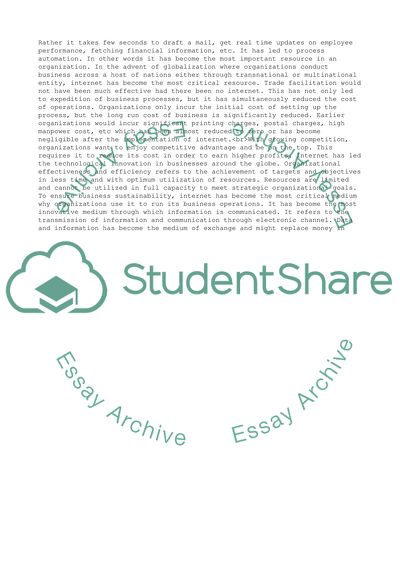Cite this document
(“Internet Research Paper Example | Topics and Well Written Essays - 3000 words - 1”, n.d.)
Retrieved from https://studentshare.org/management/1691984-internet
Retrieved from https://studentshare.org/management/1691984-internet
(Internet Research Paper Example | Topics and Well Written Essays - 3000 Words - 1)
https://studentshare.org/management/1691984-internet.
https://studentshare.org/management/1691984-internet.
“Internet Research Paper Example | Topics and Well Written Essays - 3000 Words - 1”, n.d. https://studentshare.org/management/1691984-internet.


